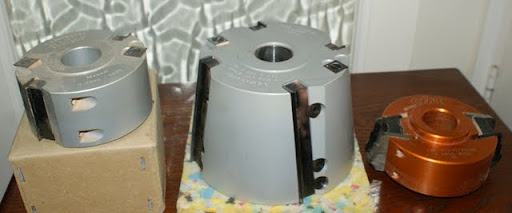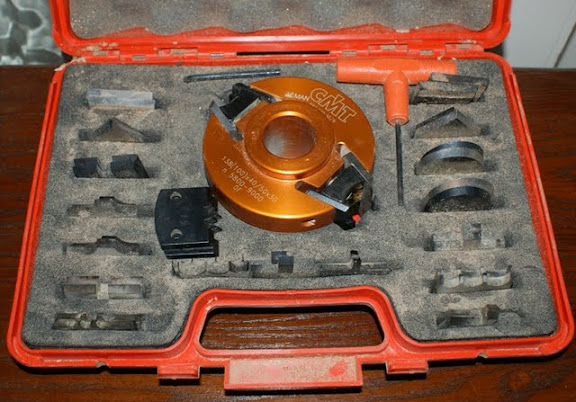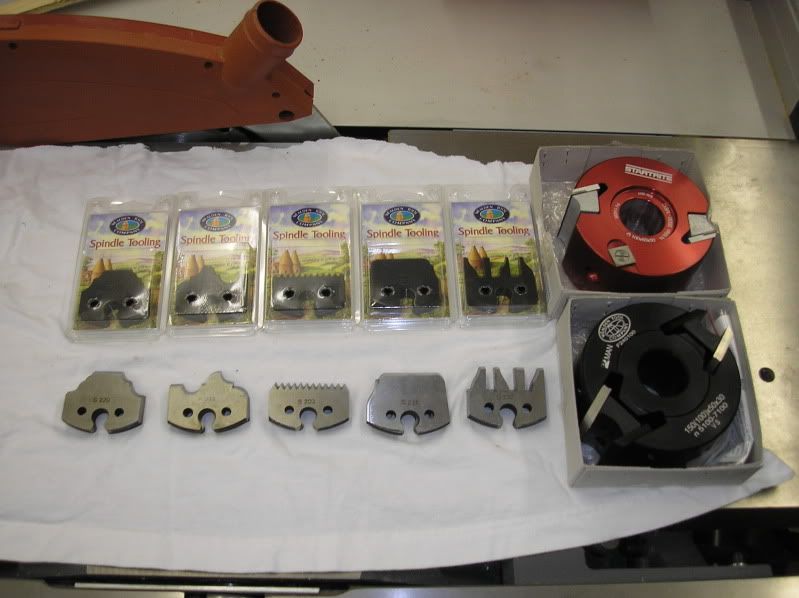Hi all.
I need to buy a spindle moulder block for my new combi machine. I seen Wealden tools have a good price on there blocks.
Should i go for steel or aluminium.
Steel sounds stronger and better to me but what do you think :?:
Also is biggest always best? how much size do the cutters add to the block diameter once they are fitted?
Cheers Alan
I need to buy a spindle moulder block for my new combi machine. I seen Wealden tools have a good price on there blocks.
Should i go for steel or aluminium.
Steel sounds stronger and better to me but what do you think :?:
Also is biggest always best? how much size do the cutters add to the block diameter once they are fitted?
Cheers Alan







